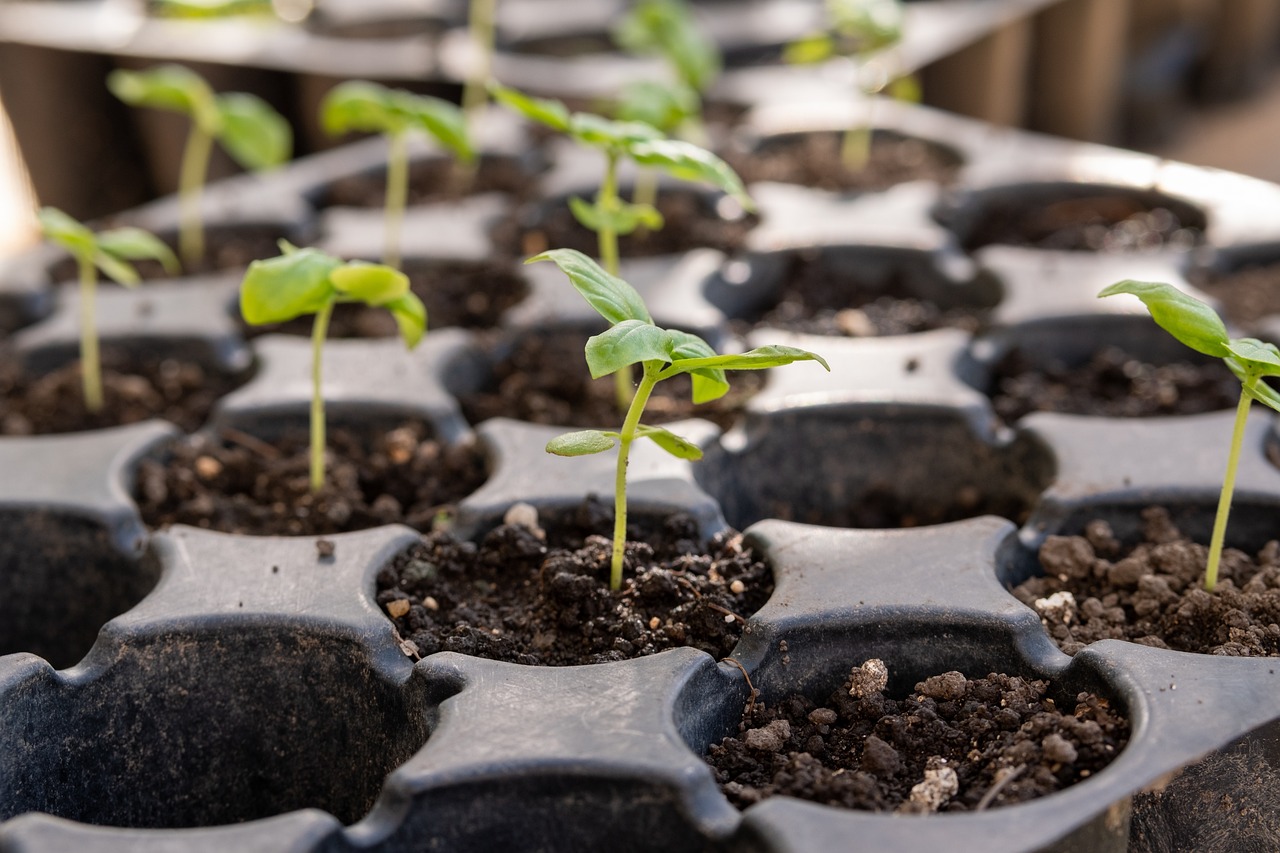
Starting a vegetable garden from seeds is an exciting and rewarding experience. However, choosing the right soil for your seeds can be a daunting task. In this article, we will explore the top 7 soils for starting your vegetable garden seeds. From nutrient-rich potting mixes to organic soil amendments, we’ve got you covered.
This guide will be your pitchfork-wielding maestro, revealing the 7 best Soils for Starting Your Vegetable Garden Seeds and helping you compose a masterpiece of a thriving seedling haven.
The Importance of Soil for Starting Seeds
The soil you choose for starting your vegetable garden seeds can have a significant impact on the success of your garden. The right soil provides the necessary nutrients, moisture, and structure for your seeds to germinate and grow into healthy plants. It’s essential to choose soil that is well-draining, nutrient-rich, and free of contaminants.
The Best 7 Soils for Starting Your Vegetable Garden Seeds
1. The Organic Maestro: Seed Starting Mix
Picture this: plump earthworms waltzing through a crumbly, dark paradise teeming with beneficial microbes. That’s the magic of Seed Starting Mix, a blend of peat moss, composted manure, and perlite, specially formulated to be light, airy, and nutrient-rich – the ideal cradle for delicate seedlings. Its organic goodness gently feeds your babies, while the loose texture allows their roots to pirouette with ease, setting the stage for healthy growth. Plus, its pH balance caters to a wide range of veggie personalities, making it the versatile star of the seedling show.
2. The Moisture Maestro: Coconut Coir
For seeds that crave a touch of the tropics, enter Coconut Coir. This fibrous wonder, spun from coconut husks, is a champion at holding moisture, keeping your thirsty seedlings hydrated even during impromptu desert phases in your greenhouse. Its spongy nature also provides excellent drainage, preventing waterlogging and root rot – a common nemesis for overzealous waterers. Bonus points for being eco-friendly and renewable, making it a guilt-free choice for the green-thumbed maestro
3. The Drainage Maestro: Perlite
Think of Perlite as the aeration fairy, sprinkling pockets of air between soil particles like tiny, shimmering stars. This volcanic rock, puffed up like popcorn, improves drainage dramatically, preventing that dreaded waterlogged funk that suffocates roots. It also adds lightness to heavier soils, ensuring your seedlings don’t get bogged down in a muddy mire. Just be mindful when handling, as the fine particles can be a tad… sneeze-inducing!
4. The Nutrient Maestro: Compost
Ah, compost, the earthy alchemist, transforming kitchen scraps into fertile gold. While not ideal for starting seeds directly (its richness can be overwhelming for fragile sprouts), a light dusting of compost mixed into your chosen Seed Starting Mix is a nutritional power-up. This organic wonder provides a slow-release buffet of vital minerals and beneficial microbes, giving your seedlings the strength to push through their early growing pains. Just remember, moderation is key – too much compost can be like a Michelin-starred feast for opportunistic fungi, and we wouldn’t want unwanted guests at our seedling soiree.
5. The pH Maestro: Sand
Soil pH, the delicate balance of acidity and alkalinity, can make or break your seedling symphony. Most veggies prefer a slightly acidic to neutral stage, and that’s where sand steps in. A sprinkle of silica sand can gently nudge your soil’s pH towards the neutral zone, creating a welcoming environment for even the most pH-sensitive seedlings. Just be sure to use coarse sand, as fine sand can compact the soil, negating the aeration magic.
6. The Light Maestro: Vermiculite
Imagine tiny sponges holding onto precious moisture, releasing it like tiny dew drops to thirsty roots. That’s the magic of vermiculite, a mineral that helps retain moisture while still allowing excellent drainage. This mica-like wonder also reflects light, keeping the soil temperature around your seeds from getting too hot, especially in greenhouses prone to afternoon sun blasts. Just like perlite, be mindful of dust when handling, but its benefits for delicate seedlings are well worth the sneeze-fest.
7. The DIY Maestro: The Custom Blend
For the adventurous maestro, crafting your own custom blend of Soils for Starting Your Vegetable Garden Seeds can be a rewarding experience. Experiment with different ratios of Seed Starting Mix, compost, perlite, and sand to tailor the soil to the specific needs of your chosen veggies. Remember, research is your friend – knowing your seeds’ preferred pH and drainage requirements is key to composing the perfect soil symphony.
And there you have it, folks! With the right soil as your foundation, your vegetable garden seeds are poised to burst into a vibrant chorus of leafy greens, juicy fruits, and plump veggies.
